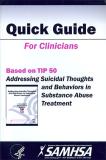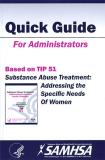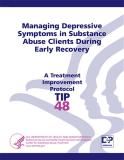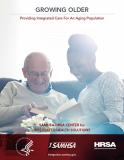
This quick guide helps clinicians and other service providers address suicide and suicide prevention in patients living with substance use disorders. It covers risk factors and warning signs for suicide, core competencies, and information for administrators and clinical supervisors.
Units per Product
Download
Quick Guide for Clinicians-TIP 50
File Type: PDF
File Size: 916 KB







